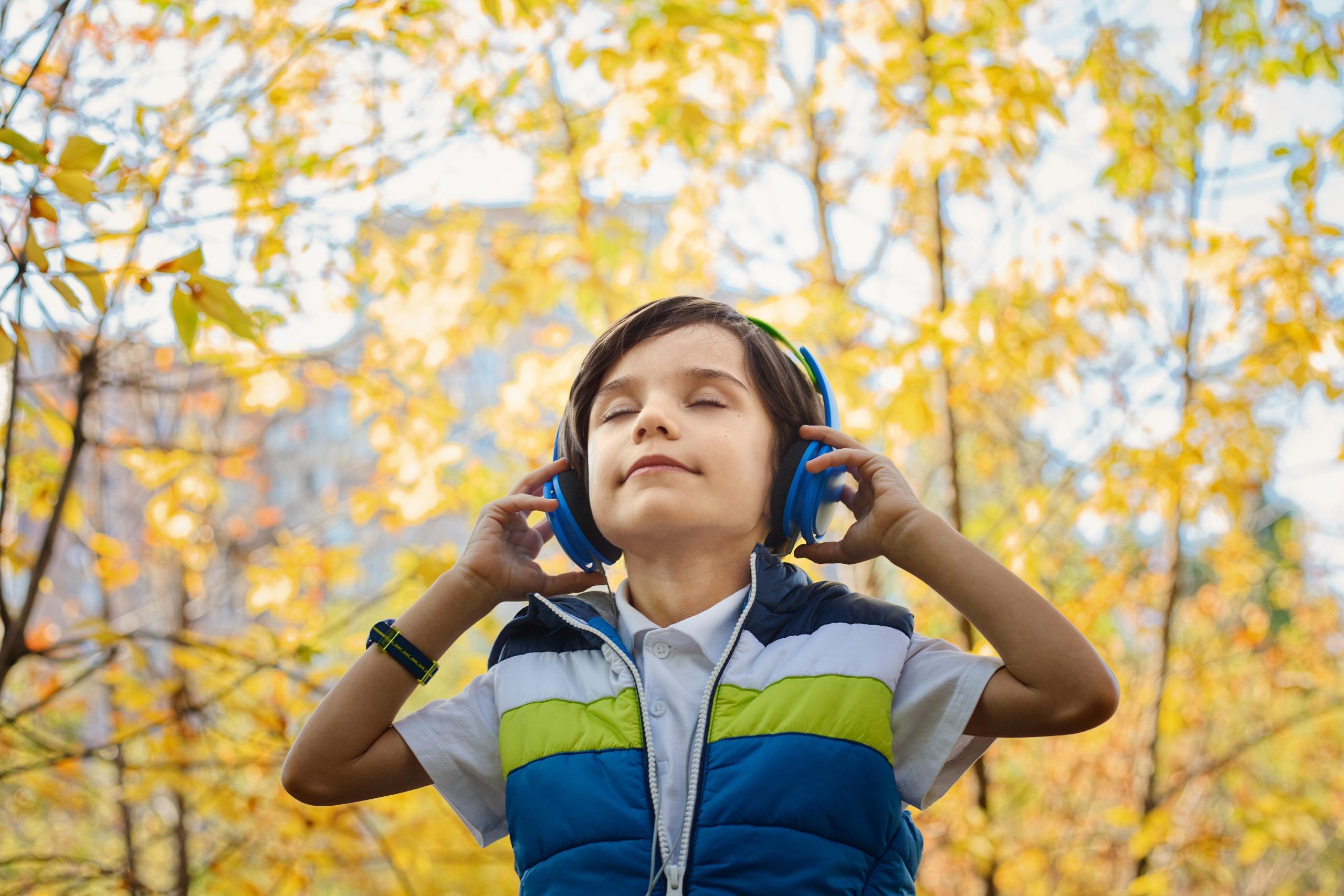Navigating the world of children’s audio entertainment often presents parents with a unique challenge: balancing a child’s desire for personal listening with the critical need for auditory safety. While the allure of peaceful moments without endless cartoon theme songs is strong, the primary driver for investing in dedicated kids headphones extends far beyond parental sanity; it’s about safeguarding delicate, developing ears from potential long-term damage caused by excessive noise levels.
A child’s auditory system is significantly more vulnerable than an adult’s, making it highly susceptible to harm from sounds exceeding 85 decibels. Standard adult headphones, often peaking at volumes around 115 decibels, pose a substantial risk if not carefully monitored and controlled. This underscores the imperative for specialized audio solutions that are engineered with built-in volume limitation features, ensuring that sound output remains within safe thresholds for young listeners, promoting hearing protection from an early age.
When considering the ideal kids headphones, parents must weigh several practical factors, including budget, desired connectivity, and overall design. While wireless models offer convenience and freedom of movement, often boasting impressive battery life, they typically come at a higher price point. Conversely, wired versions can be more affordable but necessitate supervision, especially for very young children, to mitigate any potential entanglement hazards.
Leading auditory health organizations consistently advise that the optimal noise level for children should hover around 70 decibels, with an absolute maximum threshold of 85 decibels. This guideline serves as a critical benchmark, highlighting why standard consumer headphones are generally unsuitable for children without strict volume management. The distinction emphasizes the importance of choosing volume-limiting headphones specifically designed to adhere to these vital safety standards.
Several innovative products stand out in the market, addressing both safety and practical needs. For instance, models like the Snug Play+ are celebrated for their comfortable, secure fit and a clever daisy-chain feature, allowing multiple children to simultaneously share audio from a single device. This promotes shared experiences while maintaining individual listening safety, making them ideal for family travel or group play, enhancing the overall children’s audio experience.
Another exemplary option, such as the Pogs Gecko 2, integrates advanced Pogs-Safe technology designed specifically for kid-safe headphones. These provide a customizable volume cap, adjustable via a dedicated app between 70 and 85 decibels, offering parents precise control over their child’s listening environment. Like other top contenders, they also support shared listening, enabling two pairs to connect for a collaborative audio experience.
For older children or teenagers, more sophisticated options like the iClever Bluetooth Kids headphones offer enhanced features such as LED light modes, call connectivity, and modern Bluetooth technology. While these may come with a higher price tag due to their advanced capabilities, they cater to a demographic that might use headphones more frequently with devices like computers, providing a blend of functionality and continued audio safety features.
Ultimately, selecting the best kids headphones for your child is a personalized decision that balances safety, comfort, and desired features. With a diverse array of options available, from basic wired models to advanced wireless designs, the market offers solutions tailored to every age group and budget. Prioritizing products with certified volume-limiting headphones ensures that children can enjoy their favorite content without compromising their long-term hearing health.






Leave a Reply